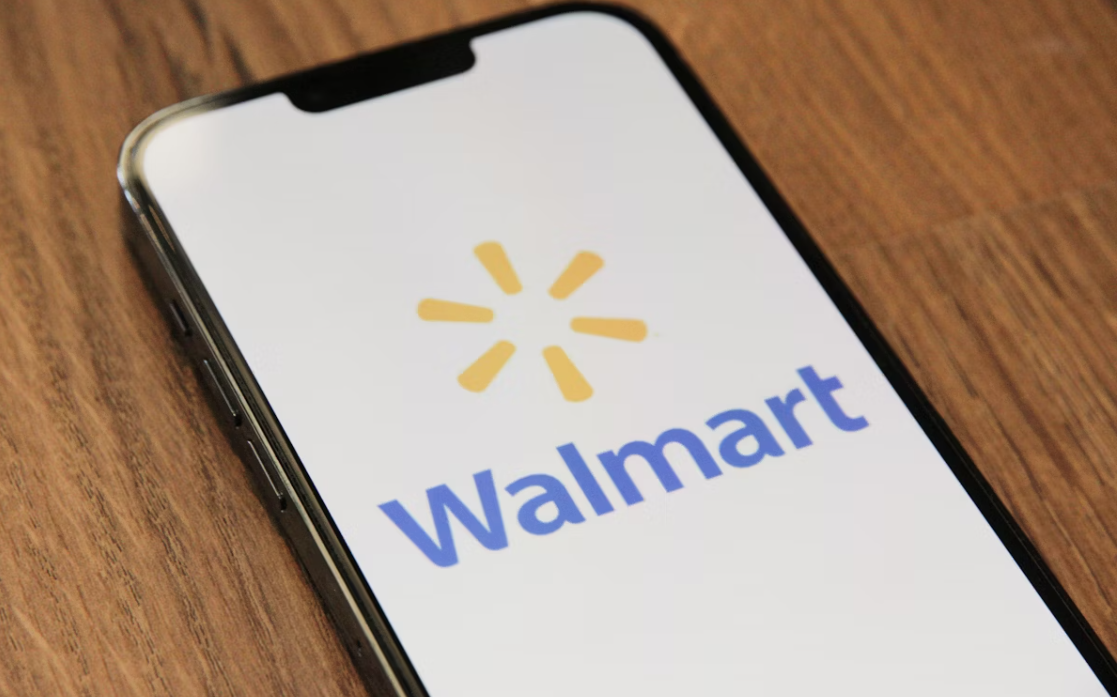
Shop, Save, and Earn: Revamping Walmart’s Clearance Experience
-
Role
UX Designer
-
Team
Myself, 2 UX Designers and 2 Developers
-
Time Frame
14 week
Overview
As part of a UX design challenge, I worked on a project to address a pressing issue faced by Walmart—significant food waste due to overstocking and unsold perishable items. The goal was to create a mobile app experience that aligns with Walmart’s sustainability efforts while enhancing affordability and convenience for users.
The Problem
Walmart faces daily food waste challenges, especially from perishables that don’t sell in time. Despite efforts like clearance discounts, customers often overlook these items. The question was:
“How can we motivate customers to buy more clearance items and reduce food waste—while keeping them engaged and rewarded?”
The Solution
Me and my team designed a point-based incentive system and recipe-based food discovery experience, integrated seamlessly into Walmart’s mobile app. The goal was twofold:
Encourage users to purchase clearance food items
Reward sustainable shopping behavior with redeemable points

Core Functions and Features of our Design:
Clearance Section
A dedicated mobile-first interface for viewing discounted clearance items.
Incentive: Earn points with every clearance purchase.
Points System
Users collect points through purchases, which can be redeemed online or in-store.
This system adds a gamified layer of engagement and helps customers save more.
Recipe Recommendations
To inspire purchases, we added a recipe section that creatively uses clearance items.
Goal: Reduce food waste at home and promote cooking creativity.
“My Points” Dashboard
A newly designed dashboard showing accumulated points, redemption options, and a clear breakdown of rewards—all at a glance.
Design & Research
To tackle Walmart’s food waste problem through a digital lens, our team began by grounding our understanding in secondary (desk) research. We explored existing reports and articles outlining the scale of food waste in large retail chains, especially Walmart. One statistic that stood out to us was that millions of pounds of perishable food go unsold and ultimately wasted every year — a problem that not only impacts the environment but also contributes to missed opportunities for affordability and access.
We looked at how other grocery chains were addressing similar challenges — from discounting near-expiry items, to collaborating with food-sharing apps, to implementing AI-based inventory tracking. These insights helped us realize that a solution must balance user convenience, motivation, and environmental impact.
Understanding the User Journey
Next, we mapped out the customer journey of a typical Walmart app user to understand key pain points and opportunities. Our journey map revealed a few critical insights:
Shoppers were unaware of clearance deals until they visited the store.
Many users wanted to save money, but weren’t incentivized to choose clearance or near-expiry items.
There was no centralized section to find deals, food suggestions, or track store loyalty beyond basic rollback pricing.
This user-centered understanding drove us to design a system that would be visible, rewarding, and tied into everyday grocery habits — rather than asking users to go out of their way to be sustainable.
With this foundation, we moved into ideation and prototyping.
From Sketch to Screen: Wireframing the Walmart Experience
To bring our concept to life, I started with low-fidelity wireframes focused on structure, layout, and user flow. These wireframes helped us rapidly prototype and validate our ideas for key features like the Clearance Section, Points System, and Recipe Suggestions. We kept visuals minimal to emphasize function and flow over aesthetics.
Once the structure was validated, I moved on to high-fidelity wireframes where visual design, color, hierarchy, and brand alignment came into focus. These screens showcase how the Walmart app redesign integrates sustainability goals without disrupting the shopping experience. Every screen—from product discovery to checkout—was designed with both clarity and usability in mind, keeping Walmart’s customer base in focus.
This transition from low-fi to high-fi helped us stay grounded in user needs while polishing the final UI for clarity, accessibility, and engagement.
Usability Test
I ran multiple usability tests to assess the flow, clarity, and interaction feedback.
Key feedback:
The “Cart” icon’s contrast wasn’t strong enough
Top navigation disappeared when scrolling
The “+” button didn’t add items to the cart directly
Quantity updates required users to go to the cart
The “My Points” section was hard to find
Iteration & Improvements
I used this feedback to refine the experience:
“My Points” was made more visible with a separate highlighted card on the homepage and added to the Profile page
The top navigation bar was fixed while scrolling for better accessibility
The “+” button became directly clickable to add items to the cart
Cart icon contrast was changed to white for better visibility
Quantity selector was improved to let users update items on the product page itself
Final Design
.
Final Design .
Results & Reflections
Through this redesign, I learned the power of micro-interactions and clear reward systems in influencing user behavior. By tying together sustainability, incentives, and usability, I crafted a concept that not only solves a real-world problem but also creates a positive emotional loop for the user.
This project strengthened my skills in:
Designing for behavior change
Conducting usability tests & rapid iterations
Communicating value through design systems
Next Steps
In the future, I would love to explore:
Integrating AI-based recipe personalization
Allowing users to share their own food waste–saving recipes
A leaderboard or social challenge feature to gamify sustainability



